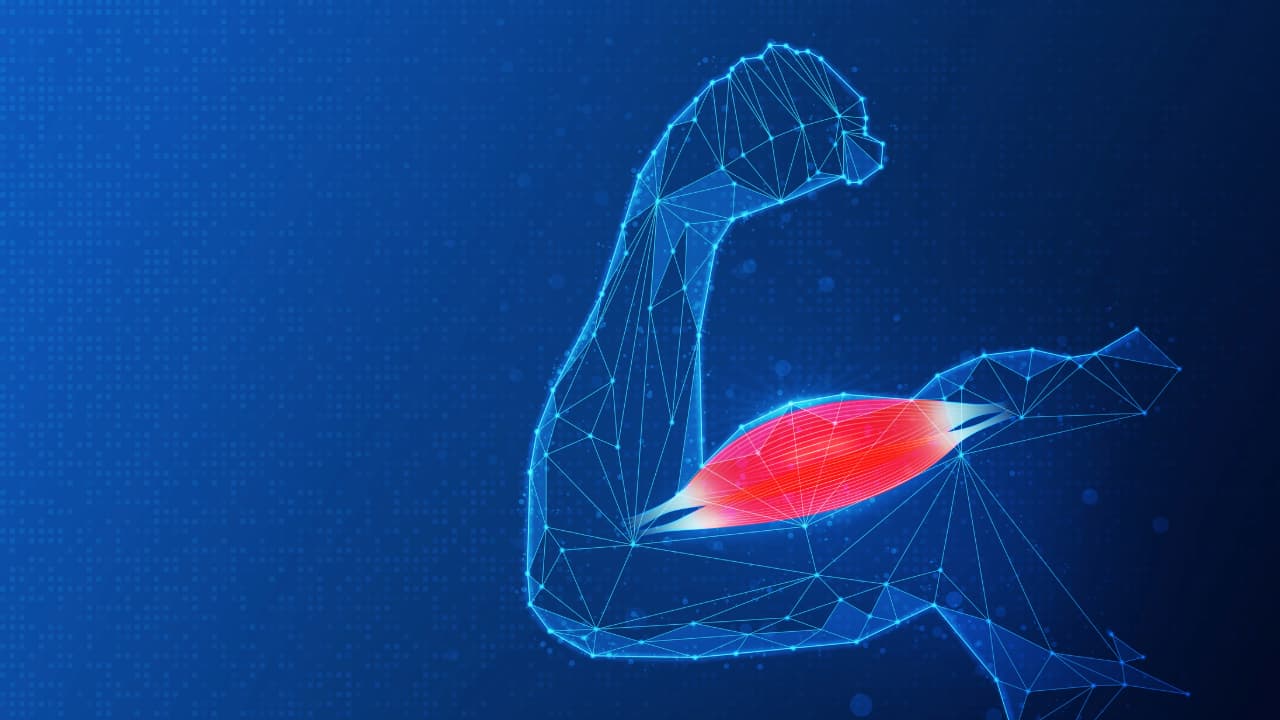Uncover a new pathway for muscle healing. Research shows macrophages act like nerve cells, using fast calcium signals for rapid repair. Learn how this could treat injuries.
When muscle tissue gets damaged, the body starts a complex process to repair it. However, not all types of muscle damage are the same. For example, a sudden tear during a football game is quite different from the slow muscle weakening seen in diseases like muscular dystrophy.
Recently, scientists at Cincinnati Children’s Hospital discovered an unexpected way the body repairs different kinds of muscle damage. Their findings, published in Current Biology, show that immune cells use a fast and surprising method to signal healing. The study was led by Dr Gyanesh Tripathi and Dr Michael Jankowski.
The Secret Role of Immune Macrophages
The research focuses on macrophages, which are immune cells known for cleaning up bacteria and dead tissue. They move around the body, acting like tiny vacuum cleaners, removing unwanted material and helping with general tissue repair.
But this study shows that macrophages can do much more than just clean up. They can also behave in a way that resembles nerve cells.
Dr Jankowski explains that the biggest surprise was observing a “synaptic-like” behaviour in these cells. In nerve cells, synapses are small points where signals jump from one cell to another. In this case, macrophages were sending a fast chemical signal directly to the muscle fibres.
The team found that macrophages release calcium ions into the injured muscle. Calcium is a key trigger for muscle movement and repair. The way the ions were delivered was extremely quick, almost exactly like a nerve signal. This rapid communication helped the muscle start healing sooner.
Fast Muscle Healing
Until now, scientists mainly believed that macrophages helped muscles recover by releasing substances called cytokines, which cause inflammation and influence muscle cell growth. This new discovery shows that macrophages also use fast, direct signalling.
Interestingly, the researchers did not begin this study expecting to find a new muscle repair pathway. Their original goal was to understand how to reduce pain after surgery, in the hope of offering alternatives to strong pain medicines that can have major side effects.
Although this work did not uncover a new method for pain control, it revealed a process that could help muscles heal more quickly. In the future, this knowledge might help develop new treatments for muscle-wasting diseases or sudden injuries. The macrophages involved in this process could even act as delivery tools for future cell-based therapies.
Importantly, these helpful macrophages were not the ones normally found in healthy muscle. They travelled into the tissue after the injury occurred.
Using mouse models, the researchers studied two different types of muscle injury. They watched how macrophages interacted with long muscle cells known as myofibres. With the help of a special chemical switch, they could activate the macrophages on demand.
When activated, the macrophages formed close, synapse-like contacts with the muscle fibres and released calcium directly into them. Within just 10 to 30 seconds, the damaged muscle showed small electrical bursts, an early sign of repair.
Dr Jankowski describes the effect as almost instant: activating the macrophages could make the muscle twitch within moments.
What Comes Next?
The researchers now want to understand whether human macrophages behave in the same way. Even if they do, scientists will still need to learn how to safely guide or enhance this process for medical treatment.
One surprising finding was that although the macrophages helped healing, they did not reduce pain. Understanding this may help clarify why around one in five children still experiences ongoing pain after surgery.
In the long term, the team also hopes to explore whether macrophages can deliver other useful signals or materials to muscle cells, opening the door to new kinds of treatment.
